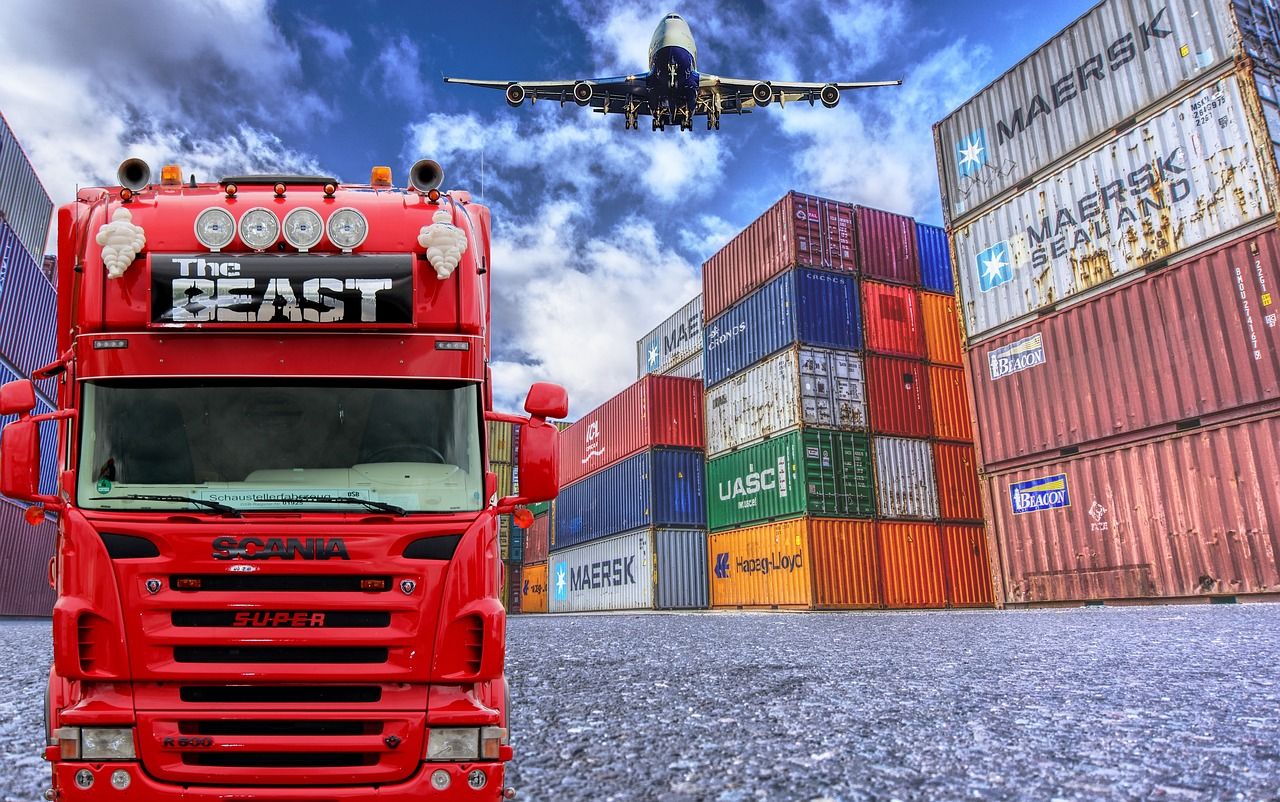
Austria’s exports depend to a large extent on foreign inputs, which amounted to 40% of the value of gross exports in 2021 (though many industries had an even larger share). If we include intermediate imports in the picture, exports accounted for about 30% of Austrian GDP; services also contributed significantly via inter-industry linkages.
How much do Austrian exports contribute to Austria’s GDP? This question is important, since for small open economies like Austria’s, foreign markets are important for products ‘Made in Austria’. To answer it, one must consider the fact that many of the goods produced in Austria directly and indirectly embody intermediate products imported from abroad, like raw materials and energy, semi-finished products, or high-tech components like computer chips. So-called Multi-Country Input-Output Tables (MC IOTs) allow us to calculate such indicators and the contribution of exports to Austria’s GDP. In this note we highlight some selected patterns and trends, taking a ‘value-added perspective’ of trade. In the first place, this allows inter-country and inter-industry linkages to be taken into account. Secondly, using such data also enables us to simultaneously consider the role of services and their contribution to the production of exports.
The import content of exports
The first question is the extent to which the production of exports relies on intermediate imports, expressed in value-added terms. This is presented in Figure 1, which shows the so-called ‘import content of exports’, based on the FIGARO data released by Eurostat/JRC (for further technical detail and an overview of the indicators, see Stehrer, 2022) from 2010 to 2021 (the latest year available). Whereas in 2010, the share of foreign value added in Austrian total gross exports (including all industries) was about 36%, by 2021 that figure had increased to over 40%. The numbers conceal a large variation across industries, however. Figure 2 therefore shows the foreign import content of each industry’s gross exports for 2010C and 2021. This direct and indirect reliance on imports is highest in manufacturing industries, with almost 73% in C19 (Manufacture of coke and refined petroleum products) and 65% in C29 (Manufacture of motor vehicles, trailers and semi-trailers). In eight industries, the share is over 50%.
Austria’s value-added exports
Given this (in part) heavy reliance on imports to produce exports, the second question is the extent to which exports contribute to a country’s GDP. Put differently: how much value added produced in Austria is absorbed in other countries due to final consumption abroad? The answer – as presented in Figure 3 – is that Austria’s value-added exports amount to about 30% of total value added. This is lower than the usual measure of a country’s openness, defined as a country’s gross exports as a percentage of total value added, which amounts to over 50%. The difference is due to the imported intermediate inputs to produce a country’s exports.[1]
This value-added perspective of trade also leads to an alternative view concerning the relative importance of industries for Austria’s exports. Specifically, due to strong inter-industry linkages, some service industries contribute significantly to Austria’s value-added exports. Figure 4 compares the share of each industry in Austria’s gross exports with its share in Austria’s value-added exports in 2021. For example, the industry G46 (Wholesale trade, except of motor vehicles and motorcycles) contributes more than 10% to Austria’s value-added exports, whereas the share in terms of gross exports is much less, at about 7%. One finds similar patterns (with the contribution to value-added exports being larger than the contribution to gross exports) for industries like M69_70 (Legal and accounting activities), K64 (Financial service activities, except insurance and pension funding) and H49 and H52 (Transport activities), to name but a few. Such business services are thus very relevant for the production of other industries’ exports which rely on their inputs.
Conversely, whereas C28 (Manufacture of machinery and equipment n.e.c.) contributes more than 10% of Austria’s gross exports, its share in terms of value-added exports is 6.3%, as it also relies on value added created in other industries (and foreign inputs, as discussed above). This also applies to other (mostly manufacturing) industries like C10T12 (Manufacture of food products), C24 (Manufacture of basic metals), C29 (Manufacture of motor vehicles, trailers and semi-trailers) or C20 (Manufacture of chemicals and chemical products).
Concluding remarks
In this note, we have highlighted some important aspects when considering Austria’s trade patterns from a value-added perspective. This, first, allows us to account for the importance of imported intermediate inputs in producing gross exports. Second, it indicates that when taking these intermediate imports into account the share of value-added exports in GDP is about 30% – lower than the usual measure of openness, defined as gross exports over GDP. Finally, third, this perspective allows us to consider the important role of (business) services and the way in which these contribute to other industries’ production of exports.
[1] We disregard some subtle differences between these two measures (e.g. taking re-imports of value added into account, etc.). Further, the openness measure can vary due to differences in the respective data sources.
Author:
Robert Stehrer is Scientific Director at wiiw. His expertise covers a broad area of economic research, ranging from issues of international integration, trade and technological development to labour markets and applied econometrics. His most recent work focuses on the analysis and effects of the internationalisation of production and value-added trade. Other contributions relate to the connection between digitalisation, demographics, productivity and labour markets. He studied economics at the Johannes Kepler University Linz, Austria, and sociology at the Institute for Advanced Studies (IHS) in Vienna and is lecturer of economics at the University of Vienna.
The interactive graphics were created by Alireza Sabouniha. He is research assistant at wiiw and recently completed his master’s degree in Economics at the WU (Vienna University of Economics and Business).